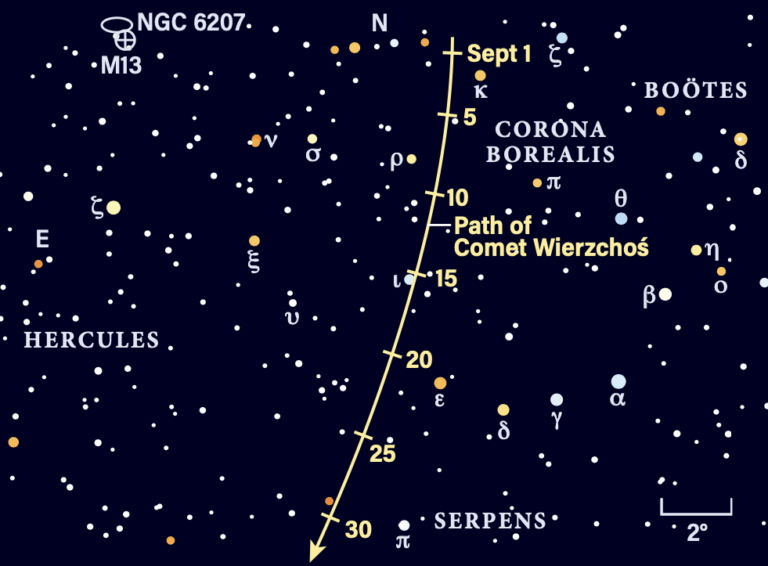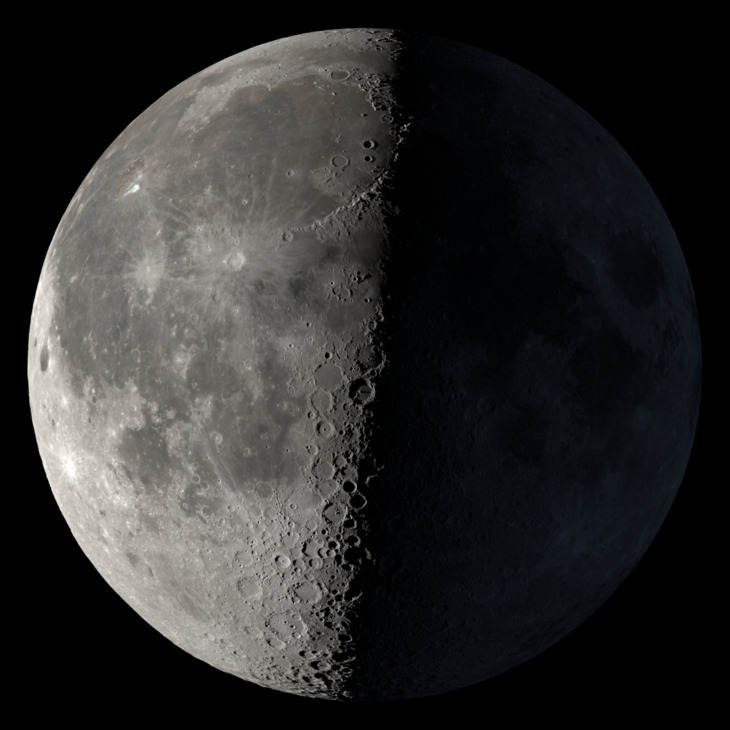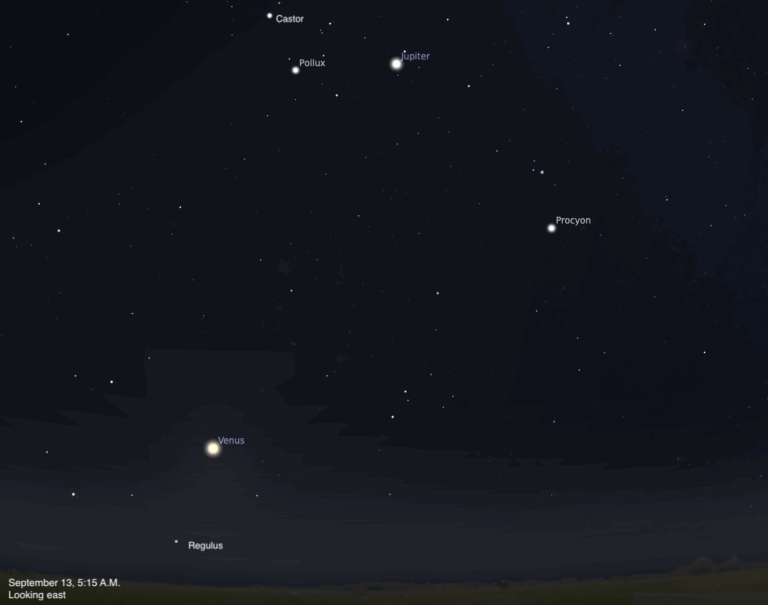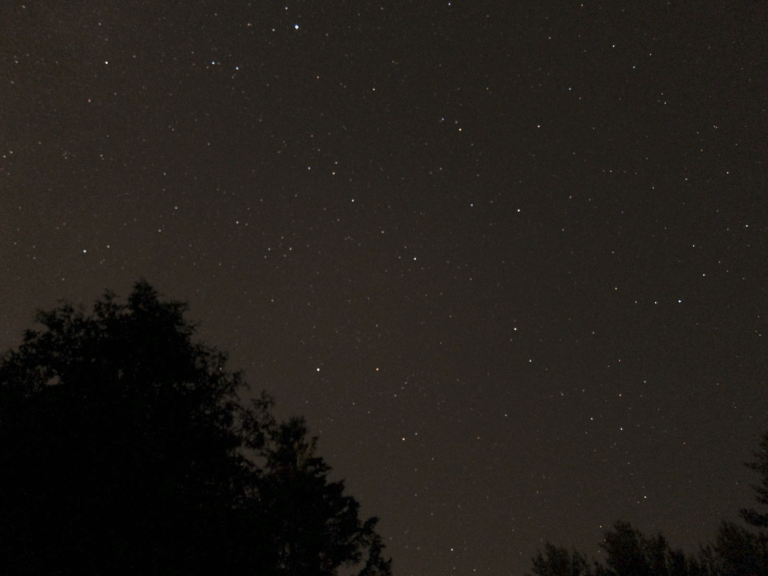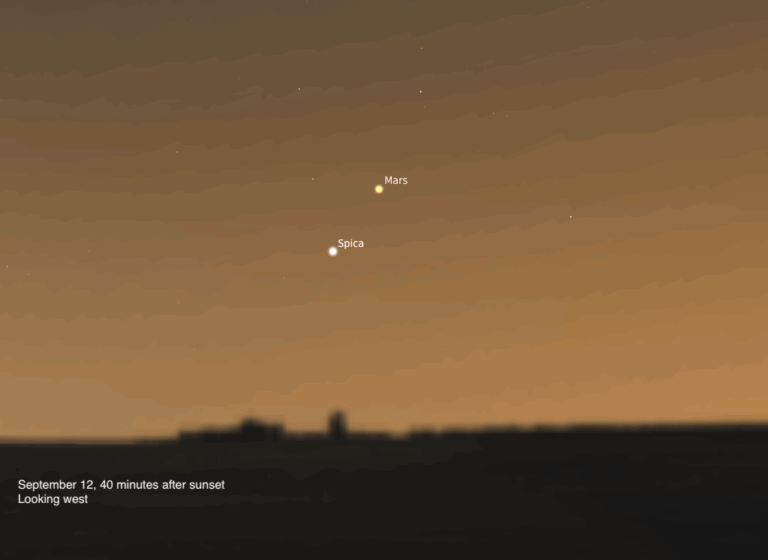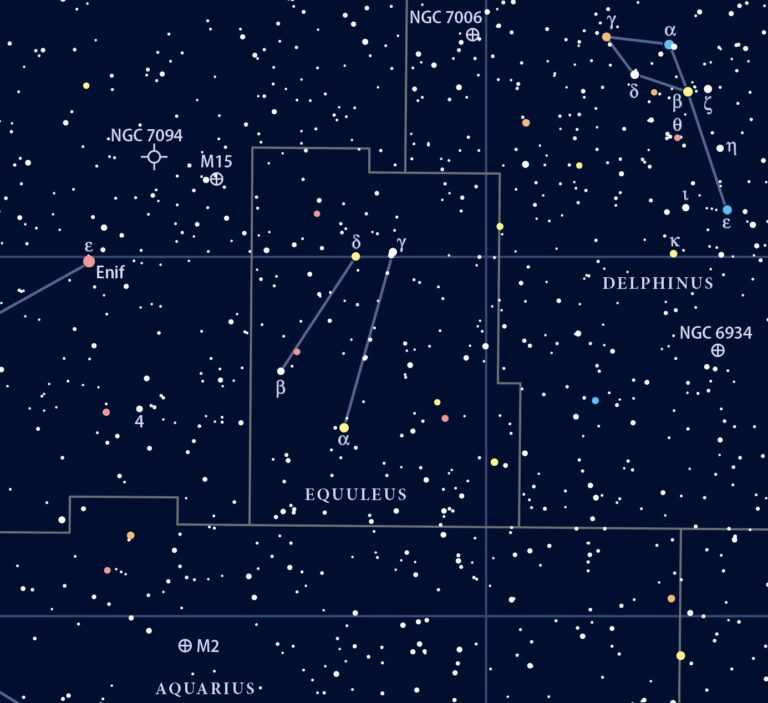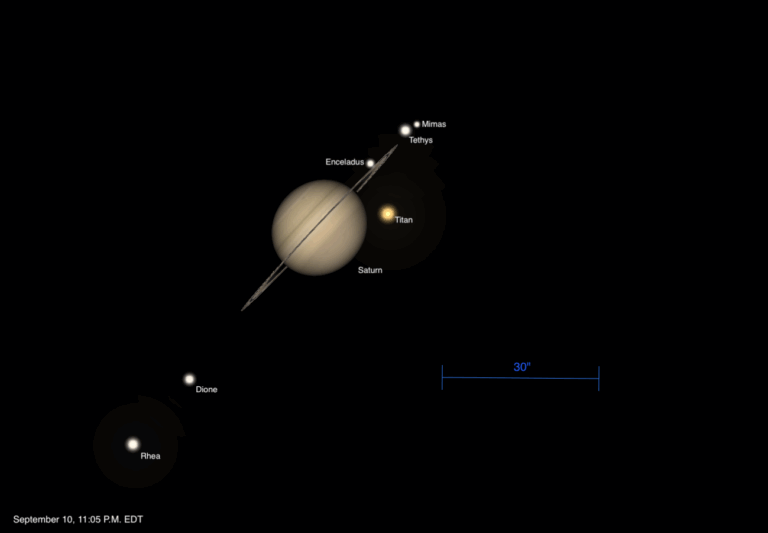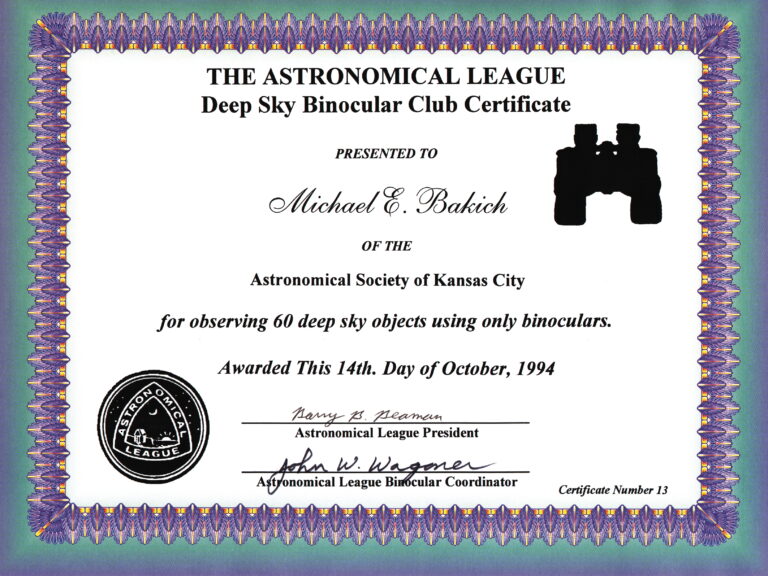Key Takeaways:
But Comet Hartley has to share the spotlight this week. Working independently, Japanese observers Kaoru Ikeya and Shigeki Murakami just discovered a new visitor from deep space: Comet C/2010 V1 (Ikeya-Murakami). Ikeya first spotted the comet November 2 through his 10-inch (25cm) reflector at 39x. Murakami saw it the next night through his 18-inch (46cm) reflector at 78x. This was Ikeya’s seventh comet discovery, and Murakami’s second. Ikeya is most famous for co-discovering the 20th century’s brightest comet, C/1965 S1 (Ikeya-Seki).
At the time of discovery, both observers estimated the comet’s brightness at 8th or 9th magnitude, although more recent measurements place it between 10th and 12th magnitude. You might be able to spot it through large binoculars, although a modest-sized telescope will make the task easier. It currently lies near the bright planet Saturn, which appears low in the eastern sky before dawn.
A preliminary orbit calculated by Brian Marsden at the Minor Planet Center assumes that C/2010 V1 is making its first trip into the inner solar system. Marsden’s orbit shows the comet came closest to the Sun October 18 at a distance of 159 million miles (257 million kilometers) and is now moving away. However, some astronomers suspect this could be a short-period comet experiencing an outburst. Only more observations will settle the mater. Unfortunately, in either case, the comet should dim further in the coming weeks.
But Comet Hartley has to share the spotlight this week. Working independently, Japanese observers Kaoru Ikeya and Shigeki Murakami just discovered a new visitor from deep space: Comet C/2010 V1 (Ikeya-Murakami). Ikeya first spotted the comet November 2 through his 10-inch (25cm) reflector at 39x. Murakami saw it the next night through his 18-inch (46cm) reflector at 78x. This was Ikeya’s seventh comet discovery, and Murakami’s second. Ikeya is most famous for co-discovering the 20th century’s brightest comet, C/1965 S1 (Ikeya-Seki).
At the time of discovery, both observers estimated the comet’s brightness at 8th or 9th magnitude, although more recent measurements place it between 10th and 12th magnitude. You might be able to spot it through large binoculars, although a modest-sized telescope will make the task easier. It currently lies near the bright planet Saturn, which appears low in the eastern sky before dawn.
A preliminary orbit calculated by Brian Marsden at the Minor Planet Center assumes that C/2010 V1 is making its first trip into the inner solar system. Marsden’s orbit shows the comet came closest to the Sun October 18 at a distance of 159 million miles (257 million kilometers) and is now moving away. However, some astronomers suspect this could be a short-period comet experiencing an outburst. Only more observations will settle the mater. Unfortunately, in either case, the comet should dim further in the coming weeks.



